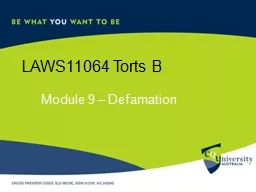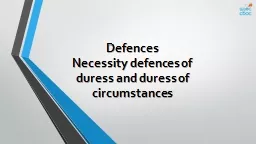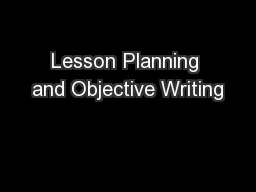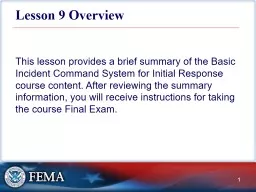PPT-Defences Lesson Objectives
Author : faustina-dinatale | Published Date : 2019-06-23
By the end of the session you should be able to Explain the defence of volenti non fit injuria Explain contributory negligence Describe ex turpi causa non oritur
Presentation Embed Code
Download Presentation
Download Presentation The PPT/PDF document "Defences Lesson Objectives" is the property of its rightful owner. Permission is granted to download and print the materials on this website for personal, non-commercial use only, and to display it on your personal computer provided you do not modify the materials and that you retain all copyright notices contained in the materials. By downloading content from our website, you accept the terms of this agreement.
Defences Lesson Objectives: Transcript
Download Rules Of Document
"Defences Lesson Objectives"The content belongs to its owner. You may download and print it for personal use, without modification, and keep all copyright notices. By downloading, you agree to these terms.
Related Documents














